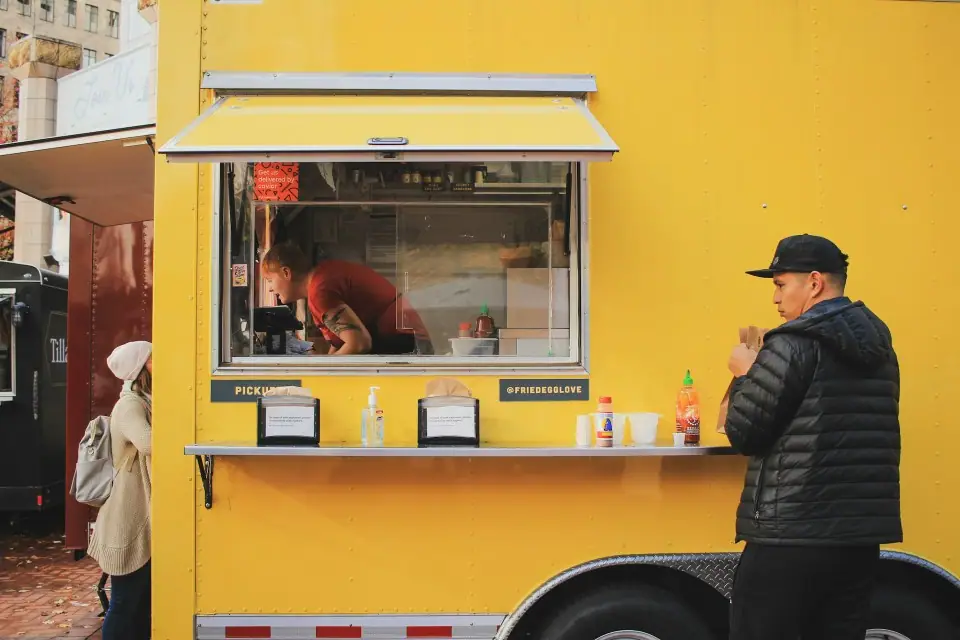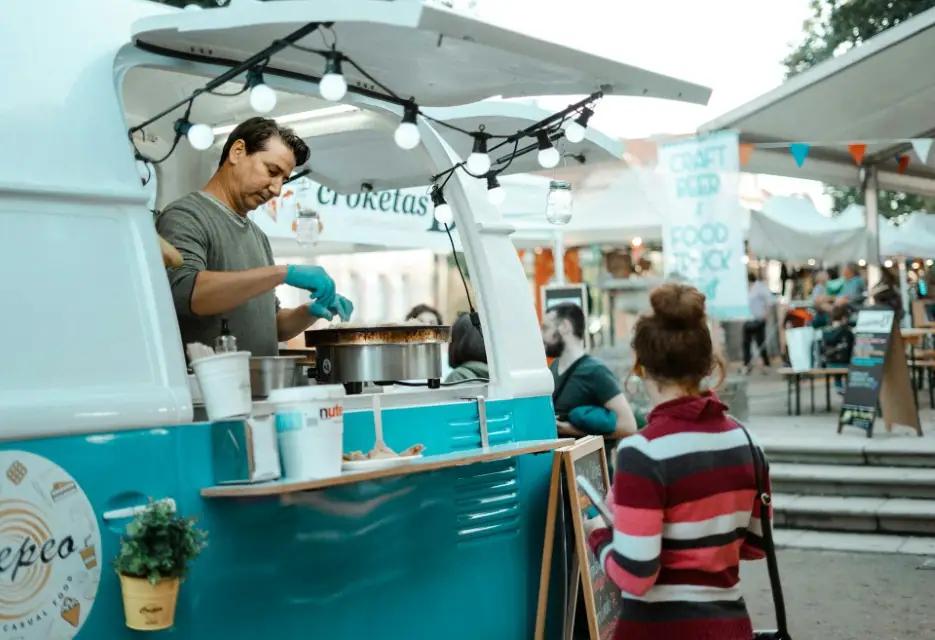Starting a food truck business can be an exciting and rewarding entrepreneurial venture. With the rising popularity of food trucks nationwide, it’s an industry ripe for new players to throw their hat in the ring. However, like any new business, launching a food truck requires careful planning and know-how to get off the ground, especially if your budget is limited.
The good news is that it is possible to start a successful food truck business without a lot of startup capital. By getting creative, tapping into resources, and following key strategies, you can pursue your food truck dreams even without much money upfront.
Coming Up With a Concept
The first step is deciding on your food truck concept. What type of cuisine or menu items will you sell? Focus on dishes that are affordable and easy to make in a compact space. Street foods like sandwiches, tacos, burgers, and other handheld items tend to be popular truck fare.
Do market research to see what kinds of cuisines or specialty foods are lacking in your area. A unique concept can help you stand out from competitors.

Creating a Business Plan
A detailed business plan is essential for guiding your food truck launch and operations. Include an overview of your concept, target market, product offerings, and financial projections.
Thoroughly research your expected costs, from vehicle purchase and meal ingredients to licensing fees and insurance. A tight budget means your business plan must be extremely lean and cost-effective. Consider lower-cost locations to park your truck, like private events versus busy downtown streets.
Funding Your Food Truck
Securing startup funding is possible even with poor credit or no collateral. Borrowing from friends and family is one option. Crowdfunding through platforms like Kickstarter or GoFundMe is another popular route.
Local small business grants and loans could also provide you with needed capital to purchase equipment and cover initial expenses. Aim to borrow only what you need to get started, and make sure you understand repayment terms.
Purchasing an Affordable Vehicle
A second-hand step van, cargo van, trailer, or school bus can all be converted into food trucks. Check classified ads and websites like Craigslist for used vehicles priced under $10,000.
Focus on the best mechanical condition you can afford rather than customized interiors. You can build out the truck gradually as your business grows. Prioritize proper licensing, inspection, and any needed repairs.

Outfitting Your Truck
Used equipment is key for outfitting your truck’s interior on a tight budget. Check restaurant auctions and commercial kitchen suppliers for gently used stoves, refrigerators, sinks, counters, and storage items.
Stick to the bare essentials you need for your menu when starting out. For example, a basic griddle and fridge may be sufficient for a simple sandwich operation. Build up your capabilities over time.
Drawing Customers In
With limited funds for advertising, rely heavily on social media and word-of-mouth marketing when launching your business. Create accounts on platforms like Facebook and Instagram to attract followers.
Offer promotions like free side dishes or desserts with entree purchases to encourage customer sharing. Ensure you deliver a great product and customer experience to build a loyal fan base.
Starting a food truck without a lot of capital upfront calls for resourcefulness and careful planning. But by following savvy budgeting practices and leveraging your culinary skills, you can turn your mobile food dream into a thriving reality, even without loads of money. The ability to start small and build your business over time is part of the appeal of the food truck model.

